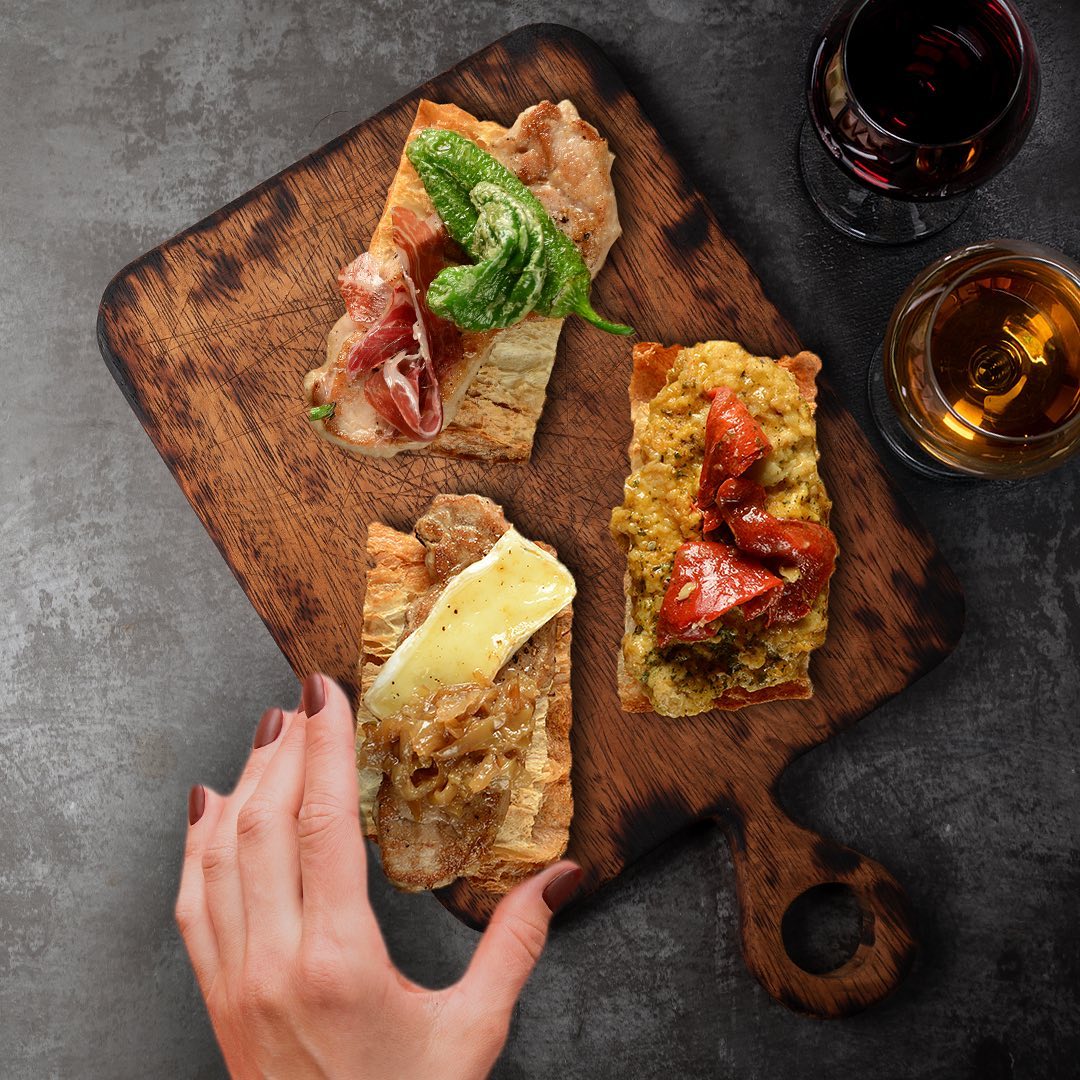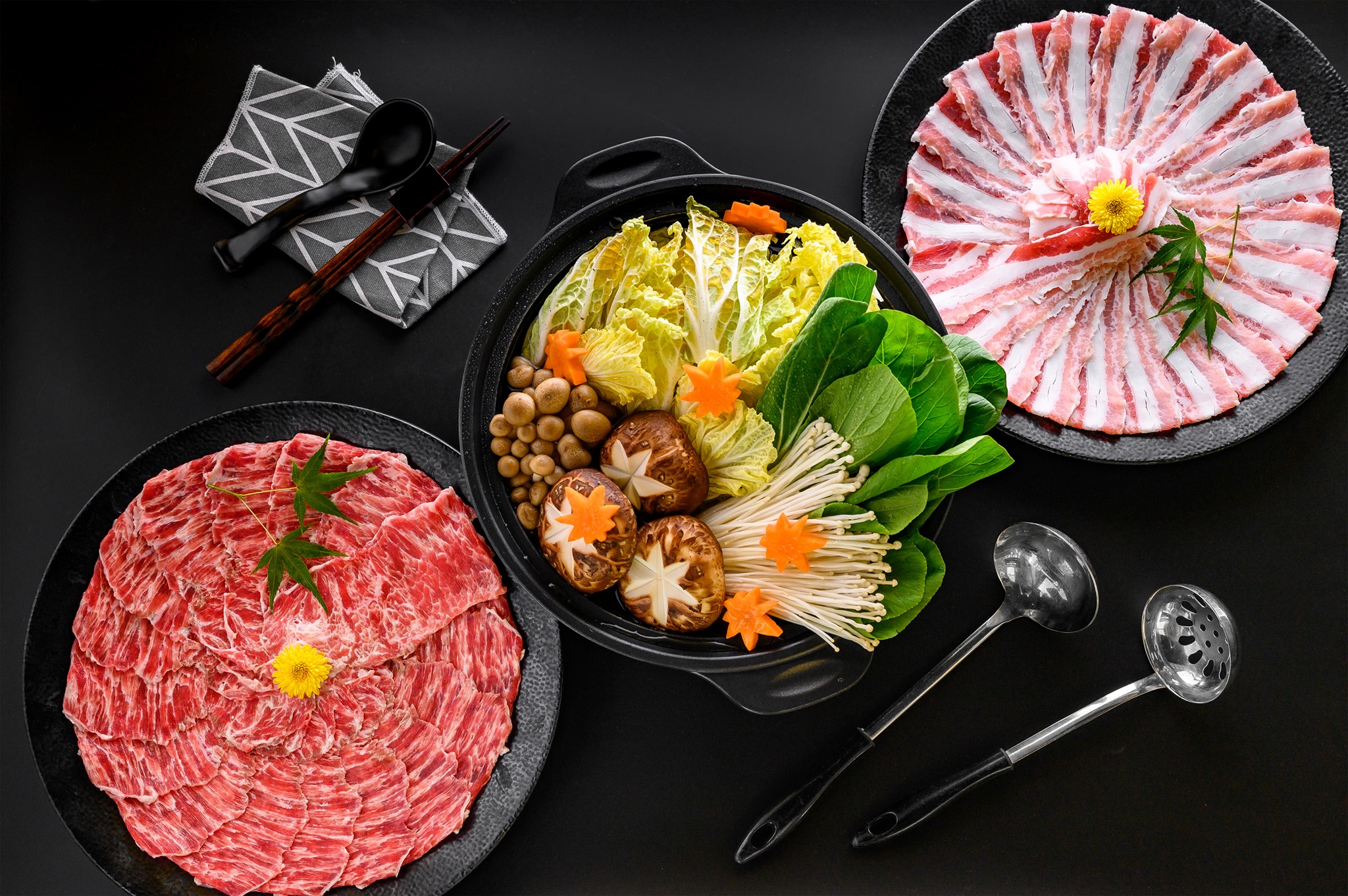Even without a tasting class, there’s a lot you can learn by just following the four S’s of tasting: See, Swirl, Smell and Sip. Try to sample more than one wine at a time. Tasting by comparison can be quite telling.
See
Wine experts say you need good daylight and a white surface to assess wine. (The perfect excuse to drink in the day!) Tip your glass about 45 degrees, and examine the color. What to look for: Clarity—is it clear or cloudy? A cloudy wine could be faulty, or in some cases, merely indicative of an organic wine. Intensity—is the color pale or dark? For example, a New Zealand Sauvignon Blanc is usually much paler than a French Chardonnay. Color—is your white wine straw-like in color? Gold? Tints of green can indicate a young wine. Unlike white wine, red wine gets paler with age, starting out dark purple and moving from ruby through to tawny.
Swirl
Swirling brings the wine into contact with air, releasing its aromatic compounds. It’s a good idea to do this immediately before you sniff. Only fill the wine glass a third of the way or be wary of spills. What to look for: See how the wine drips down the inside of the glass in rivulets? These are called the legs or the tears. Are they thin or fat? Do they fall slowly or quickly? These signs indicate the sugar and/or alcohol levels in the wine. The fatter and slower the legs, the higher the levels and the fuller the body of the wine once it’s in your mouth.
Smell
What to look for: Don’t be disheartened if the experts say “butterscotch” and “freshlycut grass” and all you come up with is “yummy.” It gets easier with practice. If you’re having a hard time pinpointing what you’re smelling, start with categories. Does it smell flowery? Fruity? Spicy? Which flowers, which fruits, which spices?
Sip
And finally, the best bit. You drink. A good wine should confirm on the tongue what you have already smelled. Suck in a bit of air with your mouth half-full of wine, which will whoosh the aromatic compounds to the nasal passage in the back of your mouth. Swoosh the wine around so it touches all parts of your tongue. It may seem counterintuitive to spit out the wine instead of swallowing it, but trust us, you’ll need your wits about you, especially if you’re at a tasting. What to look for: Acidity—a good wine needs some to make it taste fresh and balance the fruitiness. Sweetness—is it sweet or is it dry? Use the tip of your tongue for this. Tannins— an astringent quality, like you’ve just drunk super strong tea, in moderate amounts are essential for balance in red wines. Finish—how long does the taste stay in your mouth? A good wine will last (as should a good lover).
More
Sommelier Recommendations
Where to Buy
Tasting for Dummies
Organic Wines: Old Methods in New Bottles





